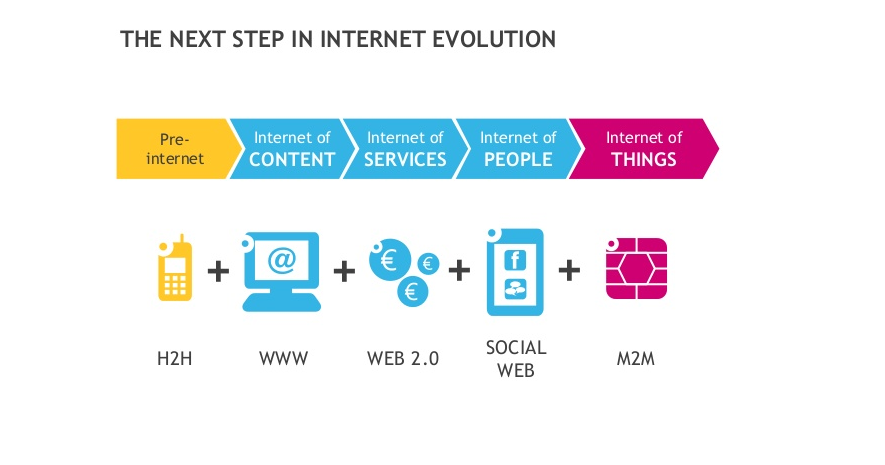Top Mistakes to Avoid in Responsive Website Designing for Better User Experience

In today’s digital age, a responsive website is no longer a luxury—it’s a necessity. With mobile traffic surpassing desktop usage, ensuring that your website performs well across all devices is critical. However, many businesses fall into common traps when designing responsive websites, which can harm user experience, SEO, and overall website performance. To help you stay ahead, we’ve compiled the top responsive website design mistakes to avoid, along with some best practices to follow.
1. Ignoring the Mobile-First Design Approach
One of the most common mistakes in responsive web design is ignoring a mobile-first approach. Starting with desktop design and then adapting it to mobile often results in performance issues, cluttered layouts, and poor user experience. Since Google prioritizes mobile-first indexing, failing to optimize for mobile can hurt your SEO rankings.
- Responsive Website Design Tip: Always design for smaller screens first and scale up to larger devices.
- Explore Our Responsive Web Design Services

2. Setting Incorrect Breakpoints
Breakpoints define how your content adjusts to different screen sizes. Using incorrect or inconsistent breakpoints often leads to responsive web design errors where content may look misaligned or distorted on certain devices.
- Responsive Website Design Tip: Define breakpoints based on content, not devices. Common breakpoints include 320px, 768px, 1024px, and 1440px.
- GitHub Guide on Media Queries and Breakpoints

3. Not Optimizing Images for Different Devices
Heavy or unoptimized images can slow down your site and negatively impact both UX and SEO. This is one of the biggest mobile responsive design mistakes that businesses make. Slow-loading websites increase bounce rates and reduce user engagement.
- Responsive Website Design Tip: Use responsive image techniques such as
srcsetand WebP formats to optimize images for all screen sizes. - Pro Tip: During the wireframing and prototyping phase, ensure that media assets are optimized to adapt seamlessly across devices without sacrificing quality.

4. Overlooking Touch Target Sizes
A UI/UX design mistake in responsive websites is neglecting touch target sizes on mobile devices. Buttons, links, and clickable elements that are too small or placed too close together make navigation difficult, frustrating users and causing drop-offs.
- Responsive Website Design Tip: Ensure touch targets are at least 48x48 pixels and leave sufficient padding between clickable elements.
- Best Practices for UI/UX Design to Enhance User Experience

5. Poor Navigation and Menu Design
Menus that work seamlessly on desktops often create issues on smaller screens if not optimized correctly. Hamburger menus that are difficult to access or dropdowns that misbehave on mobile devices contribute to pitfalls in responsive website designing.
- Responsive Website Design Tip: Implement mobile-friendly menus with easy-to-use navigation options. Test them across various devices to ensure consistency.
- Bonus Tip: Collaborate with a UI/UX design services provider to create user-centered navigation that aligns with modern design principles and enhances the overall user journey.

6. Forgetting to Test Across Multiple Devices
Testing only on a desktop or a few mobile devices is a critical oversight that leads to common responsive design errors. Without comprehensive testing, it’s impossible to know how your website performs on various screen sizes and browsers.
- Responsive Website Design Tip: Use testing tools like BrowserStack and Google’s Mobile-Friendly Test Tool to ensure your website performs well across different devices.
- BrowserStack for Cross-Browser Testing
Google’s Mobile-Friendly Test Tool

7. Ignoring Page Load Speed Optimization
Speed is a major ranking factor for search engines and a key component of user satisfaction. Slow-loading pages caused by unoptimized CSS, JavaScript, and media files contribute to avoid mistakes in responsive web design that could have been easily prevented.
- Responsive Website Design Tip: Minify CSS and JavaScript, enable lazy loading, and use a content delivery network (CDN) to improve page speed.
- Boost Your Website Speed with Our Page Optimization Services

8. Not Considering Device Orientation
Responsive websites should adapt seamlessly between portrait and landscape modes. Ignoring orientation changes may cause layouts to break, resulting in inconsistent user experiences.
- Responsive Website Design Tip: Use flexible grid layouts and media queries that adjust dynamically to orientation changes.

9. Using Fixed Widths Instead of Fluid Grids
Fixed-width layouts make your website rigid and less adaptive to varying screen sizes. This approach creates responsive web design errors where elements become distorted or cut off on different devices.
- Responsive Website Design Tip: Opt for fluid grid systems using percentages instead of fixed pixel values.
- Pro Tip: Incorporate wireframing and prototyping to identify and fix layout inconsistencies before final development.

10. Forgetting Accessibility in Responsive Design
Many designers overlook accessibility while focusing on responsiveness. This can result in websites that are difficult for users with disabilities to navigate, creating usability barriers.
- Responsive Website Design Tip: Follow WCAG (Web Content Accessibility Guidelines) to ensure your website is accessible to all users.
- Web Content Accessibility Guidelines (WCAG)

Final Thoughts
Avoiding these common mistakes in responsive web design ensures that your website performs optimally across all devices, enhances user engagement, and boosts SEO rankings. Following best practices for responsive web design will not only provide a seamless user experience but also improve conversion rates.
Contact Us for Professional Responsive Website Development
Looking for expert guidance? Our team at Nexevo specializes in UI/UX design services and responsive website development to meet modern design standards. Whether you're designing a new site or optimizing an existing one, we can help you avoid these pitfalls.
Related to this
Let's Discuss Your Project











